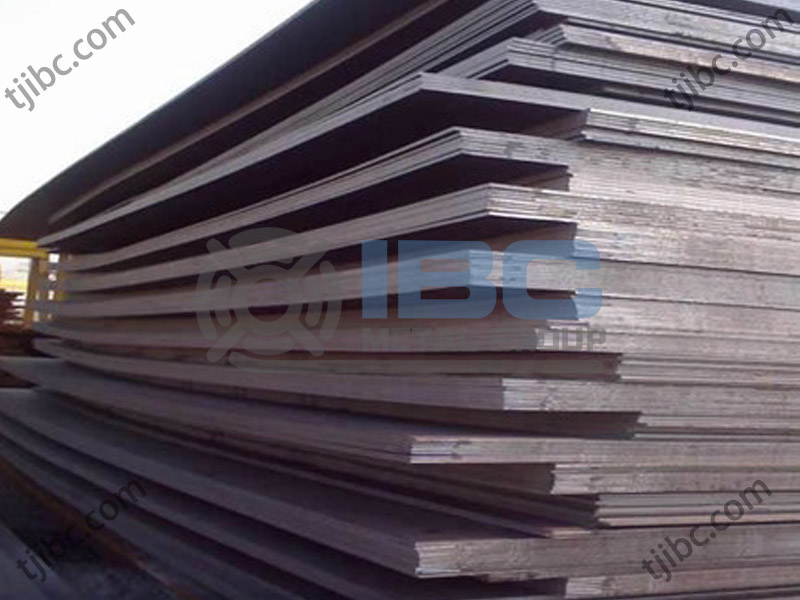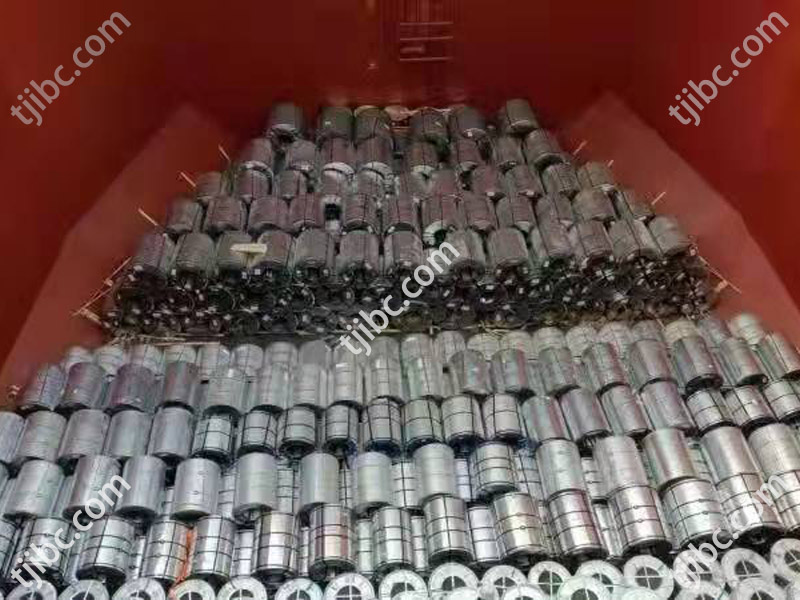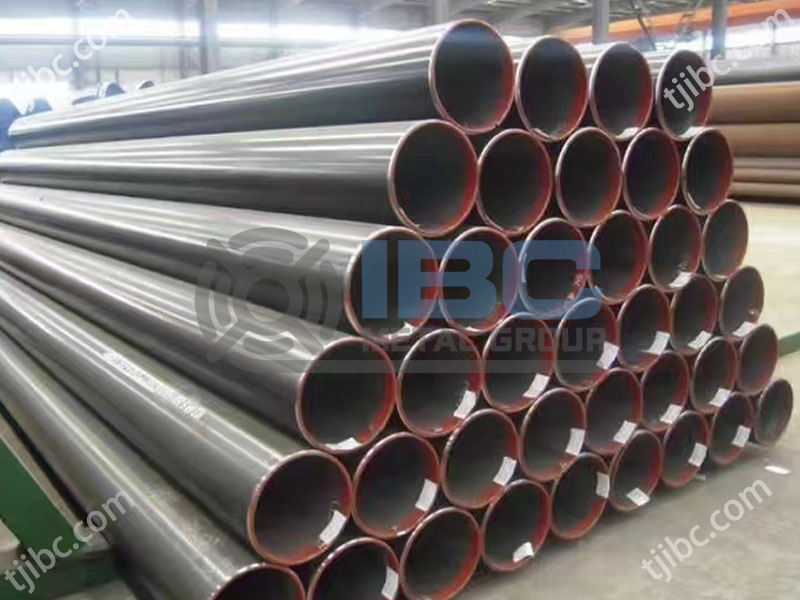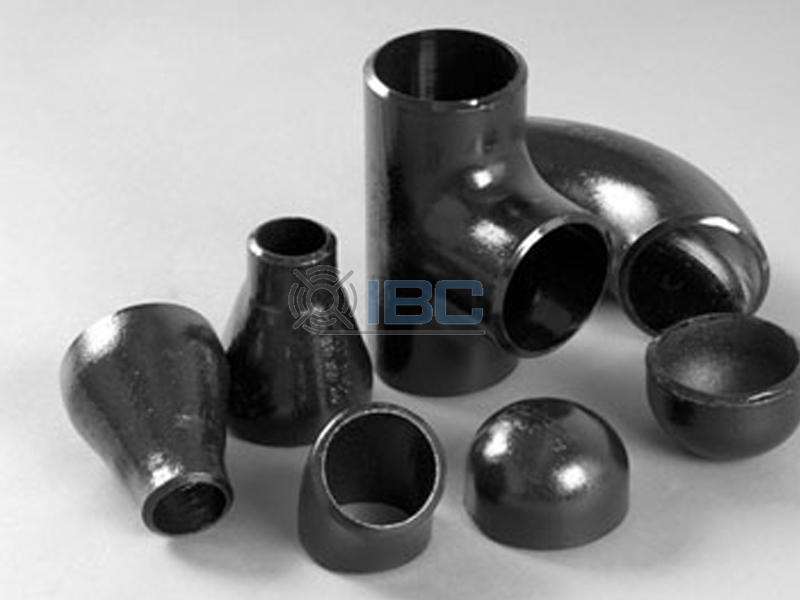Features of High Strength Low Alloy Plate
High strength: high strength low alloy plate has higher strength than ordinary steel plate. And its tensile strength and yield strength are significantly increased. This makes it able to withstand greater loads and pressures. Especially suitable for occasions that need to withstand heavy pressure and impact.
Weather resistance and corrosion resistance: This material can be used in harsh environments for a long time without corrosion or deformation. And it has excellent weather resistance and corrosion resistance. Whether it is wind, rain, sunlight or chemical erosion, it can maintain the stability of its structure and performance.
Good weldability: This sheet is easy to weld and can be easily processed and assembled. It provides convenience for its wide range of applications.
Lightweight: Compared with traditional materials, it can achieve lightweight while ensuring strength. This reduces self-weight, thereby saving on material and transportation costs.
Good wear resistance: In the need to resist wear and impact, it performs well. And it can effectively extend the service life.
Future Development Trend of High Strength Low Alloy Plate
Environmental protection and energy saving: With the global attention to environmental protection and energy saving, as a lightweight, high-strength material, it will play an important role in energy conservation and emission reduction. Its lightweight properties can reduce energy consumption and emissions, helping to promote green manufacturing and sustainable development.
Intelligence and automation: In the future, this steel plate will be more used in intelligent manufacturing and automated production fields. With the advancement of technology, the products made using it will be more intelligent, automated, and improve production efficiency and quality.
Performance optimization and diversification: In order to meet the needs of different fields, its performance will be continuously optimized and diversified. For example, by changing the alloy composition and processing technology, it can further improve its strength, toughness, corrosion resistance and other properties. At the same time, steel plates with special functions can also be developed. Such as high temperature resistance and fatigue resistance.
Application field expansion: With the continuous improvement of the performance of high strength low alloy plate and the continuous innovation of application technology, its application field will be further expanded. In addition to traditional buildings, Bridges, vehicles, ships and other fields, it will gradually be applied to high-tech fields such as aviation, aerospace, and new energy.
Care and Maintenance
Clean the surface of the steel plate regularly to remove dust, corrosion, oil and water and other harmful substances. And it can be cleaned by vacuum cleaning or parts cleaning machine, and dry with a soft dry cloth after cleaning.
For untreated high strength low alloy plates, protective coatings such as anti-corrosion paint should be applied to the surface to protect the surface of the plate from potential threats such as humidity, corrosion and oxidation. Recoating is recommended every two years.
When storing steel plates, ensure that the storage environment has appropriate temperature and humidity to avoid moisture. At the same time, the steel plate should be avoided from being contaminated by iron powder or other corrosive substances. It is recommended to use steel pallets to store steel plates, avoid being subjected to the ground. And its simple friction, and prevent fluctuations.

Contact with us today!



